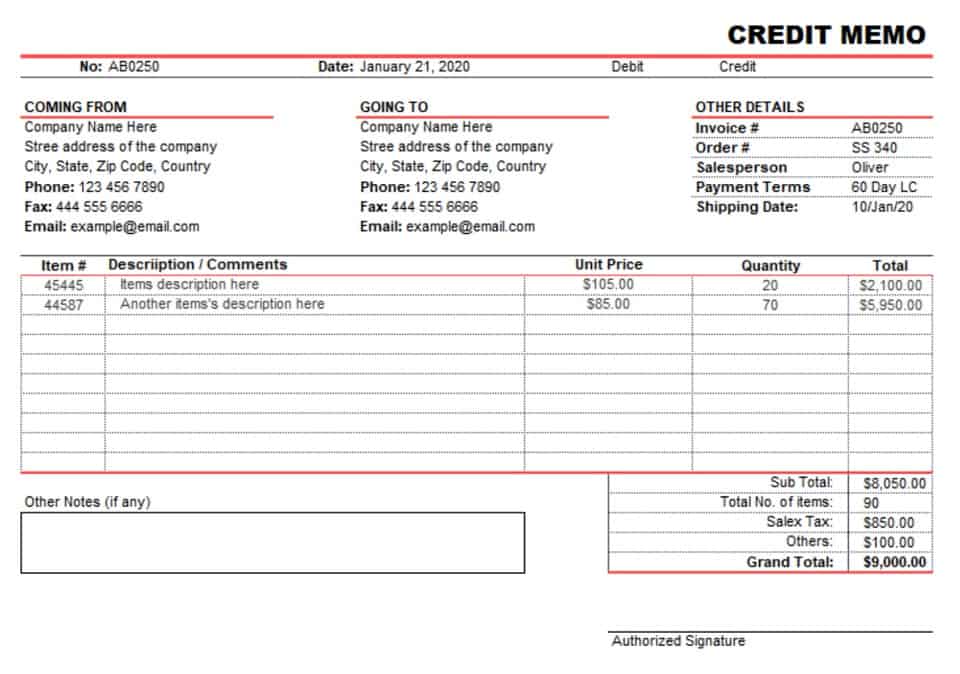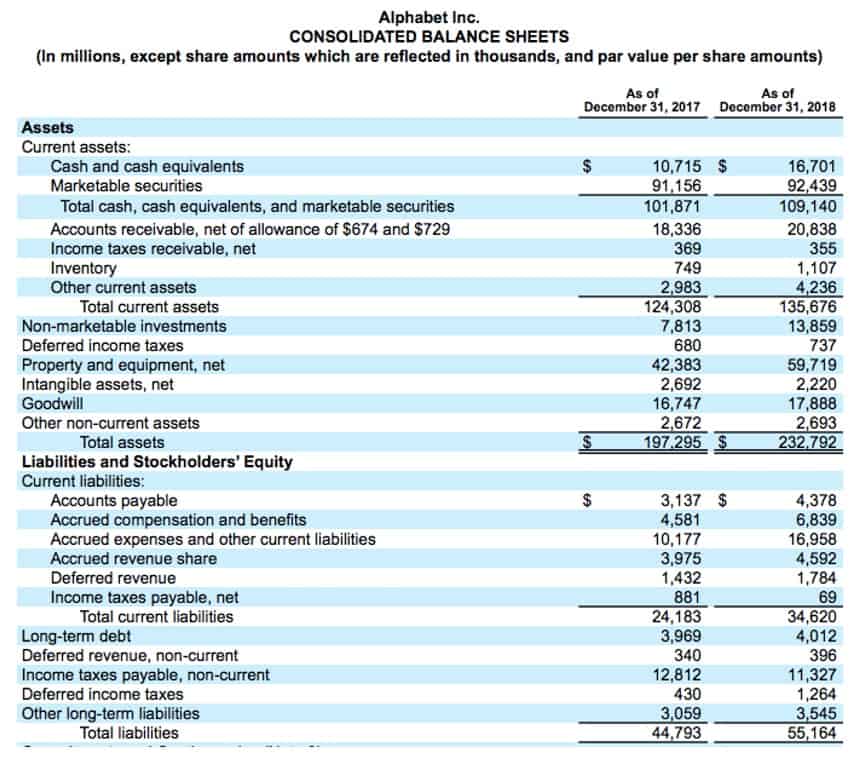
For example, if the company wins the case and doesn’t need to pay any money, the company doesn’t incur the contingent liability. However, if the company loses the lawsuit and needs to pay the other party, the contingent liability takes effect and the company must cover it. Although the current and quick ratios show how well a company converts its current assets to pay current liabilities, it’s critical to compare the ratios to companies within the same industry. Current Liabilities – Obligations which are payable within 12 months or within the operating cycle of a business are known as current liabilities. They are short-term liabilities usually arisen out of business activities. Examples of current liabilities are trade creditors, bills payable, outstanding expenses, bank overdraft etc.
Other Definitions of a Liability

For instance, if a company rarely uses short-term loans, it may group those with other current liabilities under an “other” category. That said, if the lawsuit isn’t successful, then your business would not have any liability. A contingent liability only gets recorded on your balance sheet if the liability is probable to happen. When this happens, you can reasonably estimate the amount of the resulting liability.

What is a liability?
- By keeping track of these obligations and ensuring they are met in a timely manner, a company can successfully avoid financial crises and maintain a healthy financial position.
- Liabilities can take various forms, like loans, mortgages, or accounts payable, and play a significant role in determining a company’s financial health and risk.
- These obligations are eventually settled through the transfer of cash or other assets to the other party.
- For example, a business looking to purchase a building will usually take out a mortgage from a bank in order to afford the purchase.
- For example, if the company wins the case and doesn’t need to pay any money, the company doesn’t incur the contingent liability.
- As liabilities increase, they may affect a company’s financial health and stability.
- In accordance with GAAP, liabilities are typically measured at their fair value or amortized cost, depending on the specific financial instrument.
He currently researches and teaches economic sociology and the social studies of finance at the Hebrew University in Jerusalem. A financial professional will offer guidance based on the information provided and offer a no-obligation call to better understand your situation. Our mission is to empower readers with the most factual and reliable financial information possible to help them make informed decisions for their individual needs. The answer to the second question—regarding the amount to be paid—clearly impacts assessments of solvency and earning power.
Understanding Liabilities
- These are obligations owed to other entities, which must be fulfilled in the future, usually by transferring assets or providing services.
- Long-term liabilities are a company’s financial obligations that are due more than one year in the future.
- The company must recognize a liability because it owes the customer for the goods or services the customer paid for.
- A company may take on more debt to finance expenditures such as new equipment, facility expansions, or acquisitions.
- When cash is deposited in a bank, the bank is said to «debit» its cash account, on the asset side, and «credit» its deposits account, on the liabilities side.
- Here are a few metrics and key ratios that potential investors and management teams look at to perform a financial analysis.
- They can include a future service owed to others such as short- or long-term borrowing from banks, individuals, or other entities or a previous transaction that’s created an unsettled obligation.
The borrowing of funds to expand the business may be viewed as a positive liability. Liabilities are obligations to provide resources such as goods, services, or currency to satisfy outstanding debt. A debit either increases an asset or decreases a liability; a credit either decreases an asset or increases a liability. According to the principle of double-entry, every financial transaction corresponds to both a debit and a credit. In short, there is a diversity of treatment for the debit side of liability accounting. Here are a few quick summaries to answer some of the frequently asked questions about liabilities in accounting.

The ratio, which is calculated by dividing current assets by current liabilities, shows how well a company manages its balance sheet to pay off its short-term debts and payables. It shows investors and analysts whether a company has enough current assets on its balance sheet to satisfy or pay off its current debt and other payables. The current ratio measures a company’s what is liabilities in accounting ability to pay its short-term financial debts or obligations. It shows investors and analysts whether a company has enough current assets on its balance sheet to satisfy or pay off its current debt and other payables. Liabilities are aggregated on the balance sheet within two general classifications, which are current liabilities and long-term liabilities.
What Is a Contingent Liability?

Liabilities also have implications for a company’s cash flow statement, as they may directly influence cash inflows and outflows. For example, a mortgage payable impacts both the financing and investing sections of the cash flow statement. As the company makes payments on the mortgage, the principal portion of the payment reduces the mortgage payable, while the interest portion is accounted for as an interest expense. Pension obligations are crucial to understanding a company’s commitment to its employees and the potential strain on future resources.
- The size of the liability also contributes to evaluations of management’s use of leverage.
- A liability is anything you owe to another individual or an entity such as a lender or tax authority.
- They are vital components of a balance sheet, which is one of the primary financial statements used by stakeholders to assess a company’s performance and sustainability.
- These may be short-term or long-term, depending on the terms of the loan or bond.